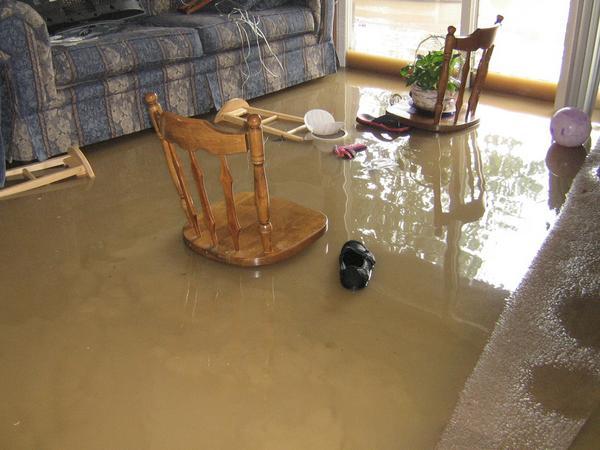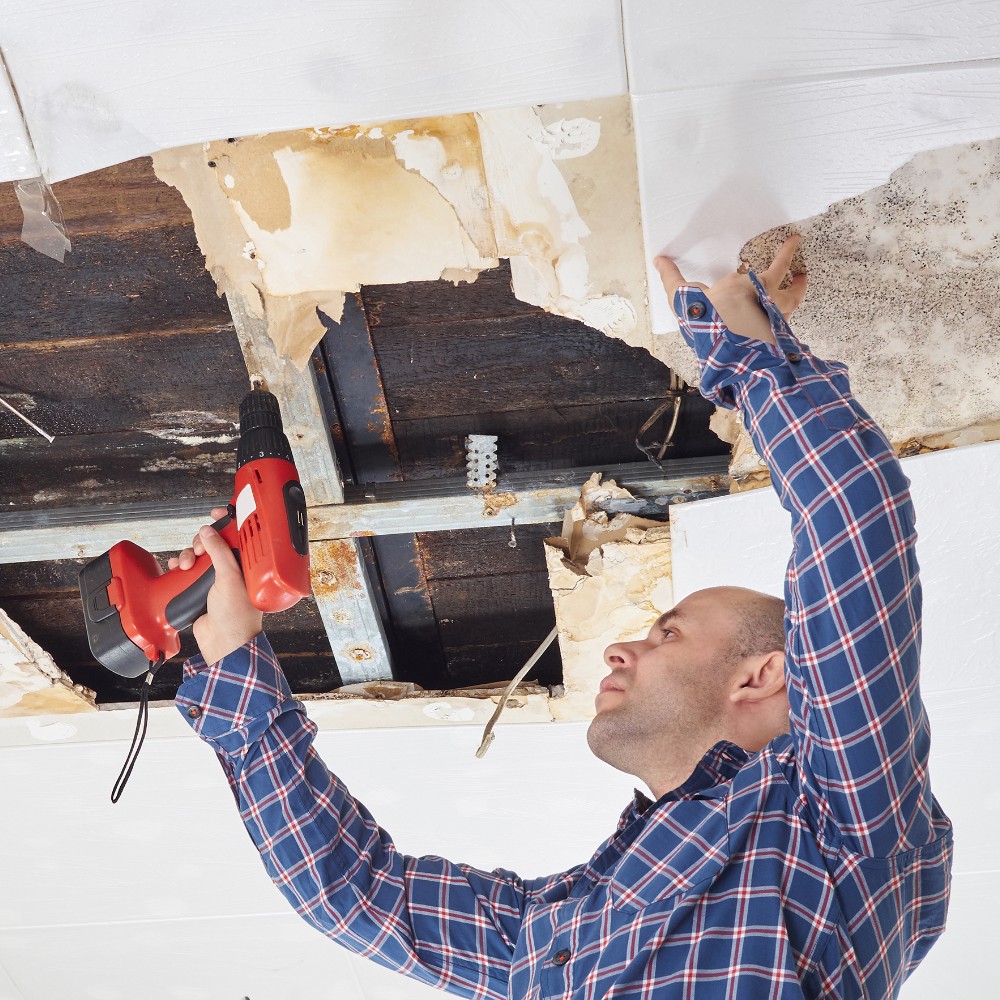The Refine of Water Damage Clean-up: Ensuring Your Home Is Brought Back Properly
Water damage can be an overwhelming obstacle for homeowners, necessitating a structured and careful cleaning process to restore security and performance. A comprehensive assessment is important to identify the extent of the damage and determine the suitable remediation actions. Following this, effective water removal strategies play a crucial function in minimizing further damage. The subtleties of drying out, sterilizing, and eventual restoration are equally important and typically neglected. Understanding these phases can make a substantial difference in the end result of your home's repair, triggering a closer take a look at what each step entails.
Examining the Damage
Upon uncovering water damages, the very first step is to thoroughly analyze the degree of the effect. This initial examination is essential, as it aids identify the required steps for effective cleaning and remediation. Begin by evaluating the influenced locations, consisting of walls, ceilings, floorings, and personal possessions, to identify the resource of the water breach, whether from flooding, leaks, or condensation.
Recording the damages is necessary for both insurance coverage cases and planning repair efforts - damage restoration services. Use pictures and composed notes to record the intensity of the damages, keeping in mind any kind of afflicted architectural components and materials. Pay special interest to locations that may not be quickly visible, such as behind walls and under rugs, as concealed moisture can result in additional difficulties, including mold growth
In addition, examine the timeline of the water direct exposure. Inevitably, a thorough analysis lays the foundation for an effective water damage cleanup process, making certain that all influenced areas are addressed effectively and thoroughly.
Water Removal Strategies

Professionals typically use completely submersible pumps for larger quantities of water, which can swiftly reduce flooding in basements or various other impacted locations. For smaller sized quantities, wet/dry vacuum cleaners are often made use of to extract recurring moisture from carpetings and tough surface areas. Furthermore, using mobile extractors permits targeted elimination in restricted rooms or areas with fragile materials.
In circumstances of polluted water, such as sewer or floodwater, progressed removal techniques might involve making use of biohazard tools to ensure safety and security and compliance with wellness regulations. High-powered removal devices are crucial in minimizing water retention in structural products, which can lead to mold and mildew development and structural deterioration if not resolved quickly.
Eventually, the performance of water extraction methods plays a crucial role in the general success of the water damages cleanup process, laying the foundation for subsequent reconstruction efforts.
Drying and Dehumidification
When standing water has actually been efficiently drawn out, the following crucial phase in the water damages cleanup procedure is drying out and dehumidification. This action is vital to stop additional damage and mold growth, which can happen within 24 to 2 days in wet environments.
To attain effective drying, specialized devices such as industrial-grade air movers and dehumidifiers is utilized. Air moving companies circulate air across wet surfaces, enhancing evaporation rates, while dehumidifiers minimize moisture degrees airborne, promoting a favorable atmosphere for drying. The mix of these tools guarantees that moisture is drawn out from floorings, walls, and furnishings, permitting them to completely dry thoroughly.
It is very important to keep track of the drying procedure very closely. Experts often use moisture meters to analyze the dampness material in various materials, making sure that all affected areas get to acceptable dryness levels. This precise method helps to protect against concealed wetness pockets that might result in structural damages or undesirable mold and mildew development.

Cleaning and Disinfecting
After the drying out and dehumidification phase is full, the next essential action in water damage clean-up is cleansing and sterilizing the affected locations. This procedure is important to stop the growth of mold and mildew, bacteria, and various other pathogens that prosper in wet atmospheres.
The cleaning stage typically includes getting rid of any type of particles, dirt, and impurities from surfaces utilizing specialized cleansing agents. For difficult surface areas, a mix of soap and water or industrial cleaning products is commonly utilized. Soft products, such as upholstery and carpetings, may require a lot more comprehensive cleansing techniques, consisting of vapor cleaning or deep extraction methods, to make certain complete sanitation.

Sterilizing complies with cleansing, making use of EPA-approved disinfectants to eliminate hazardous bacteria. This step is vital, specifically in locations that might have entered into contact with floodwaters or sewage, as these sources can position major wellness risks.
Additionally, it is very important to deal with any type of staying odors, which may need making use of smell neutralizers or innovative strategies like ozone therapy. Appropriate cleansing and disinfecting not just bring back the safety and hygiene of your home however additionally prepared for effective repair and repair services in subsequent stages of the water damages cleaning procedure.
Repair and Repair Services

Once the analysis is complete, remediation initiatives can start. Additionally, flooring might need comparable focus, depending on the degree of water exposure.
It is essential to involve knowledgeable restoration experts throughout this procedure, as they have the competence to take care of complicated repairs efficiently. They can assist minimize potential future issues, such as mold and mildew development or architectural instability, hence guaranteeing a risk-free and habitable living atmosphere. Eventually, efficient repair and repair services restore the home's stability and improve its general value.
Conclusion
Finally, the procedure of water damages cleanup is important for recovering a home to its pre-damage condition. Each phase, from analyzing the damages to carrying out efficient water extraction techniques, followed by thorough drying out, sanitizing, and necessary repairs, plays an essential duty in making certain security and compliance with building standards. Reliable execution of these steps not just alleviates immediate damages yet likewise improves the long-term honesty and value of the residential property.
Water damages can be a challenging obstacle for property owners, demanding a meticulous and organized cleanup process to recover safety and performance. Inevitably, an extensive analysis lays the groundwork for a successful water damages cleaning procedure, guaranteeing that all influenced areas are attended to effectively and completely.
Efficient water removal strategies are important in minimizing damage and stopping further problems complying with a water breach occasion.In verdict, the process of water damage cleanup is vital for recovering a home to its pre-damage problem. Each stage, from analyzing the damage to carrying out reliable water removal strategies, adhered to by thorough drying, sterilizing, and required repairs, plays a necessary duty in making certain safety and security and conformity with structure requirements.